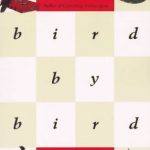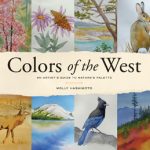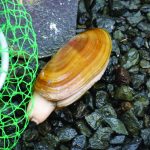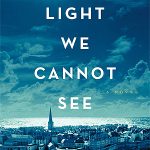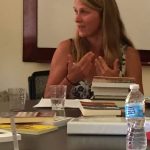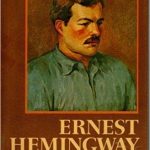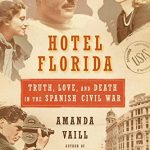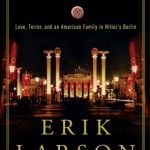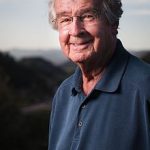
In my Seattle class on research and other writing topics, I discuss how to research stories and books. Research may sound like a lot of work, but it can also be a lot of fun. In writing about apprenticing in the wine trade, I had the pleasure of visiting with Warren Winiarski, the former owner of Stag’s Leap Wine Cellars. In 1976, a Stag’s Leap Wine Cellars Cabernet won the best red wine at the Judgment of Paris, a blind tasting in Paris, France, a competition that pitted storied French wines against the best American wines. The Americans were supposed to get trounced. Instead, American wineries like Stag’s Leap Wine Cellars triumphed, accelerating the growth of the California and the U.S. wine industries.
As I tasted through his Arcadia Vineyard and later sampled a 2013 Stag’s Leap Wine Cellars SLV Vineyard Cabernet, I was doing research for the story.
In 2007, Winiarski sold Stag’s Leap Wine Cellars to Ste. Michelle Wine Estates and Marchesi Antinori, but kept his Arcadia Vineyard. Named for Roman poet Virgil’s imaginary idyllic land, Arcadia includes soils from an ancient inland lake containing the remains of diatoms. These soils give the Chardonnay from here a lively minerality, an oyster shell taste that matches well with seafood, like a good Chablis. Winiarski bought the vineyard in 1996 partly because it provided fruit for Miljenko “Mike” Grigch, the American winemaker whose 1973 Chateau Montelena Chardonnay won the best white wine in the Judgment of Paris.
Over dinner at the Don Giovanni Bistro in Napa, I catch up with the winemaker about Arcadia’s 2016 harvest, hoping to gather insights for Crush: An Apprenticeship in the Wine Trade, a book I’m writing about working in the wine trade. Though I’ve tasted and written about wine for decades, I’m determined to delve deeper into the subject by learning about it from the ground up from some of the masters of the art like Winiarski. Now in his eighties, he remains fit, trim and passionate about wine.
Not all research is so pleasurable, but solid research underlies the best writing, whether fiction or nonfiction. I’ll be discussing research as part of my fall class, Revising Your Life, a Seattle class in research and other writing techniques. There’s still room. Let me know if you’d like some help with your own research and want to sign up!
 The Writer's Workshop
The Writer's Workshop 